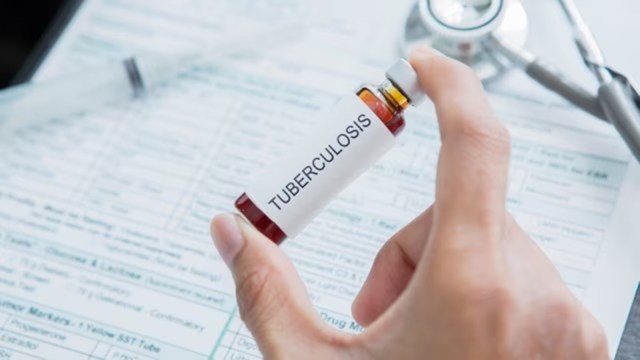Govt to roll out training programme for novel TB drug regimen: What it means for drug-resistant patients?
The oral regime is effective, shorter, has fewer side effects and prevents disease transmission
 The training will cover monitoring of patients for adverse effects and determining the appropriate line of treatment. (File Photo)
The training will cover monitoring of patients for adverse effects and determining the appropriate line of treatment. (File Photo)Nearly two years after the World Health Organisation (WHO) recommended the use of the novel oral regimen for drug-resistant tuberculosis (TB), which offers better, faster treatment outcomes and improves patients’ quality of life, India is set to roll out training of healthcare professionals in administering this treatment.
Senior health ministry officials told The Indian Express that the training for the new drug regimen, called BPalM, will begin by the end of August or the first week of September, starting in Mumbai, Maharashtra, and extend to five other locations in various states. “There will be six training sites. Each site will cover around six states,” said Dr Urvashi Singh, Deputy Director General (TB) at the Central TB Division, Union Ministry of Health and Family Welfare.
What is the BPalM regime?
It is composed of bedaquiline, pretomanid, linezolid and moxifloxacin (BPaLM) for treating multi-drug-resistant or rifampicin-resistant tuberculosis (MDR/RR-TB). Currently, TB patients in nearly 40 countries have access to this new regimen.
The BPalM protocol is more effective, has a shorter duration of treatment (six months versus the prevailing 18-24 months), fewer side effects and, most importantly, prevents transmission, making it a pivotal tool in containing and managing TB. India, which accounts for 27 per cent of global TB cases, stands to benefit significantly.
How will this help in the National TB Elimination Programme?
This move is expected to boost the country’s National TB Elimination Programme, which aims to eliminate the disease by 2025. “The Health Ministry decided to roll out the BPaLM regimen for drug-resistant tuberculosis based on encouraging findings from an Indian Council of Medical Research (ICMR) study,” said Dr Soumya Swaminathan, Principal Advisor to the Union Ministry of Health and Family Welfare for the National Tuberculosis Elimination Programme.
“A study coordinated by the ICMR and the National Institute of Research in Tuberculosis, Chennai, has shown over 90 per cent cure rates. Mortality, which is usually 14 to 17 per cent, drops to about three to four per cent,” said Dr Rajesh Solanki, co-chairman of the national technical expert group of the National TB Elimination Programme, highlighting why this drug protocol could be a game-changer in public health management.
What’s the training module like?
The training will cover monitoring patients for adverse effects and determining the appropriate line of treatment. It will be provided to state TB officers, medical officers, and master trainers, who will then train others at the district and community levels. This ensures that chest physicians are well-equipped to prescribe the correct drug regimens. “The sites will likely be in Maharashtra, Uttar Pradesh, Goa, Karnataka, and the cities of Kolkata and Chandigarh,” Dr Solanki said.
Dr Singh emphasised the importance of clarity in the new treatment during the training. “While the newer regimen offers better outcomes, the current regimens are also effective. It is crucial to be cautious during the transition from the previous regimen and to identify where the patient, who is resistant to TB drugs, fits within the spectrum,” she said.
What about drugs?
While drugs like bedaquiline, linezolid and moxifloxacin are already being procured, pretomanid is being sourced under the National TB Elimination Programme. “Rate contracts have been established,” Dr Singh confirmed. Dr Swaminathan is also keen about scaling up molecular tests like the nucleic acid amplification test (NAAT). “Currently, we are finding about 65,000 patients of multi-drug resistant TB a year and hence scaling up NAAT coverage is essential,” she said.
- 01
- 02
- 03
- 04
- 05
































